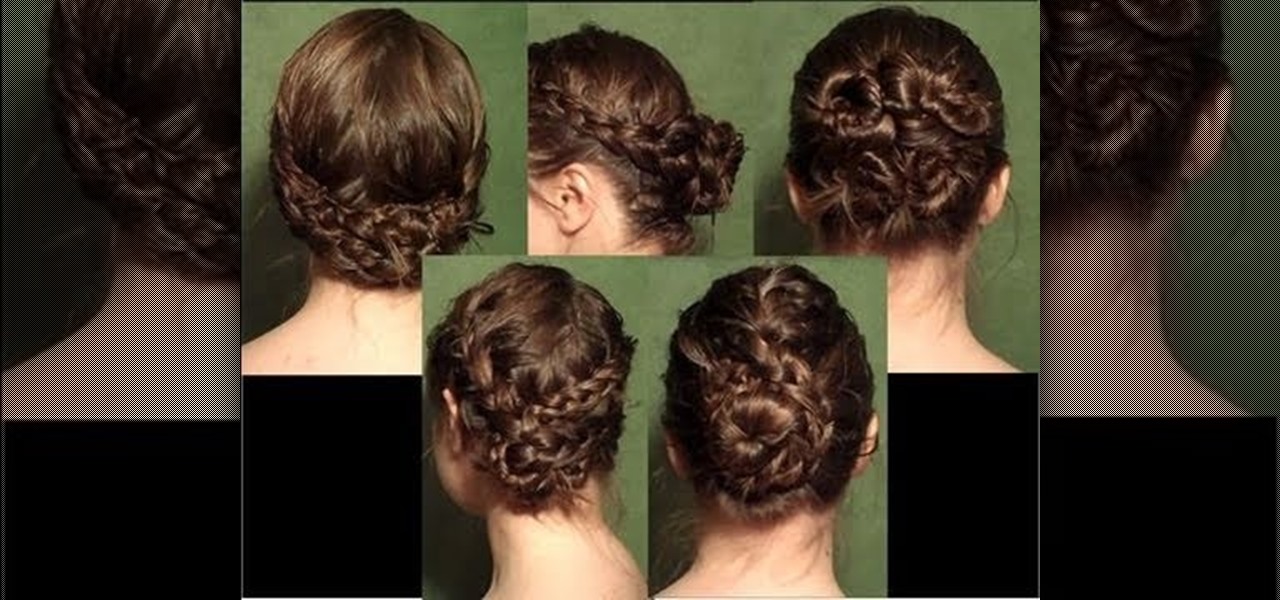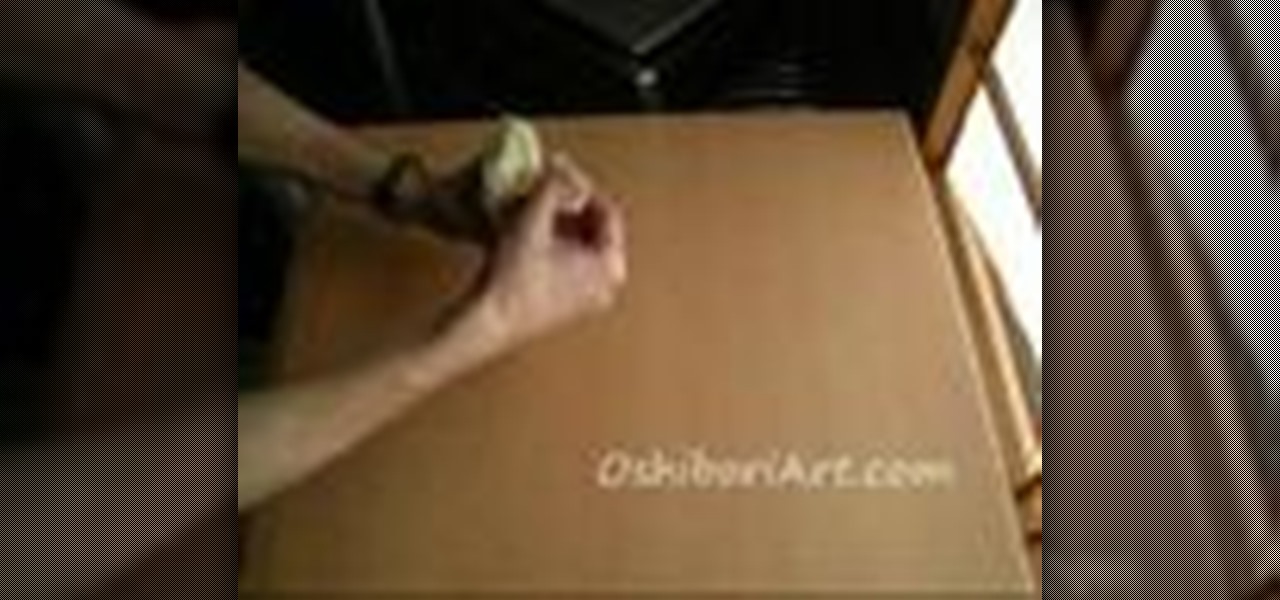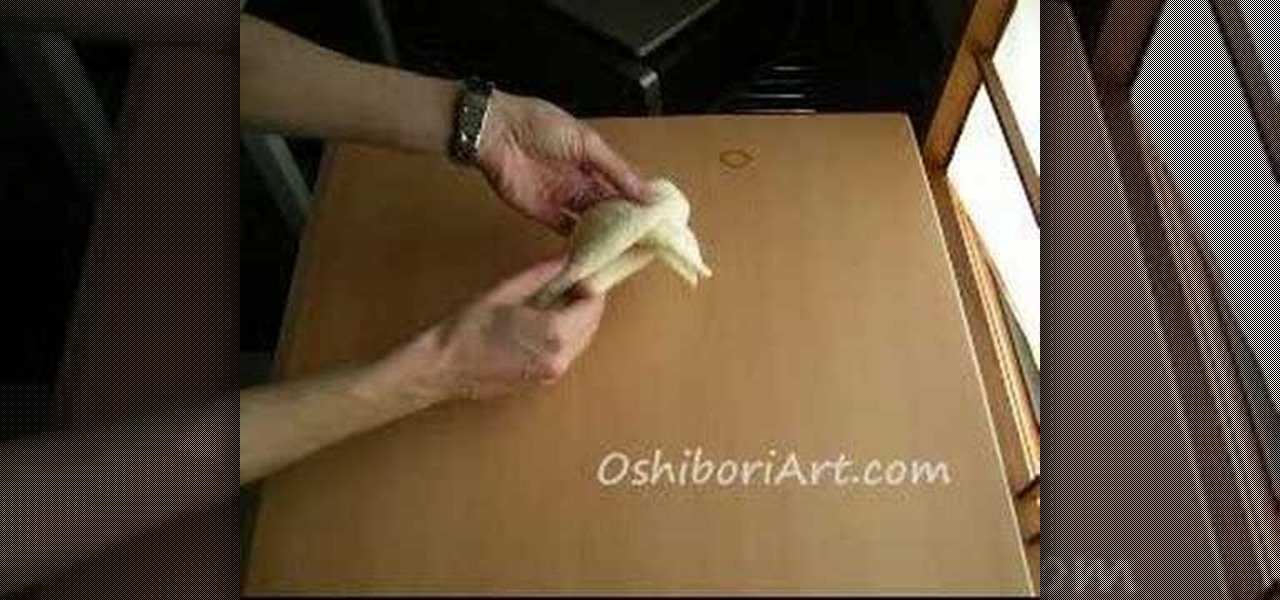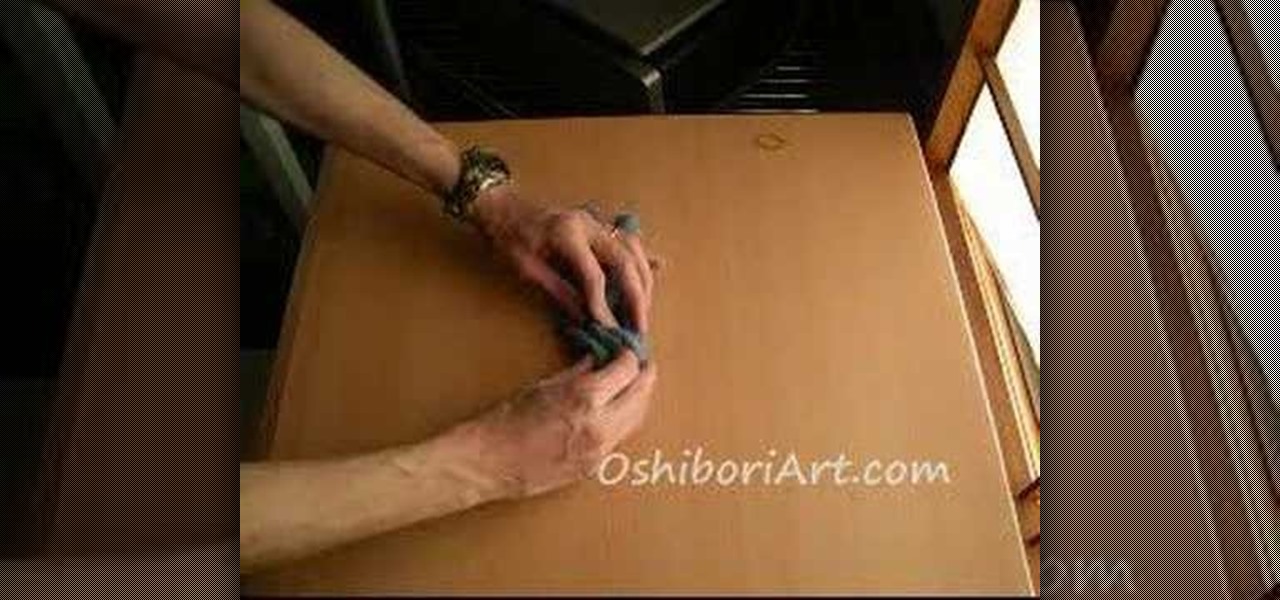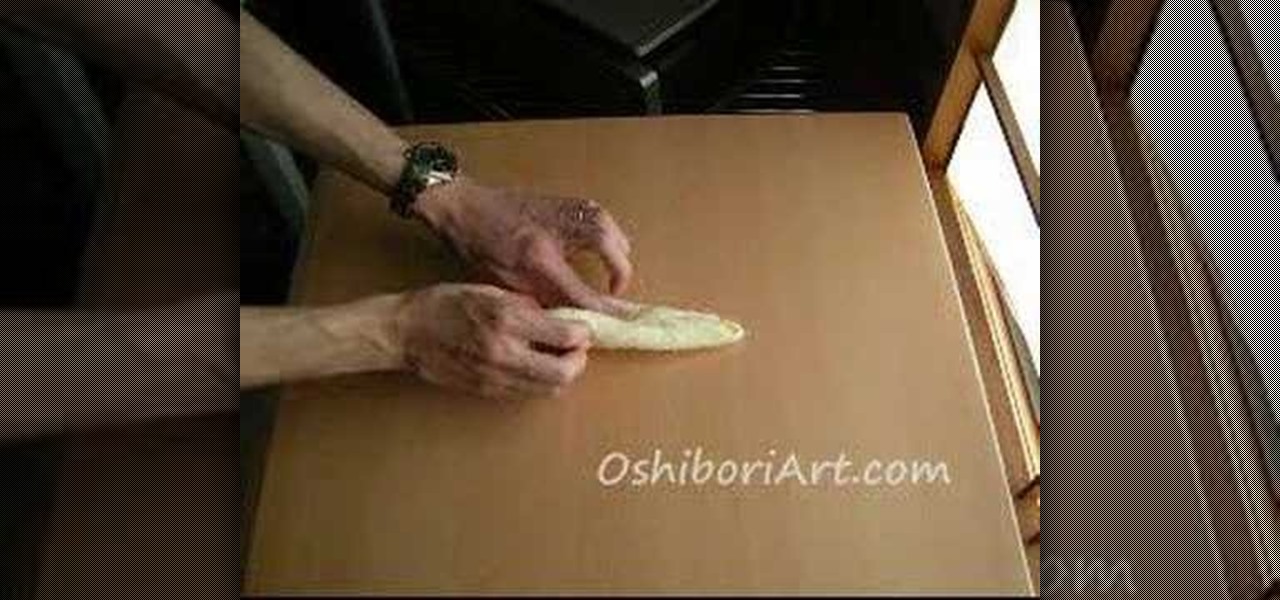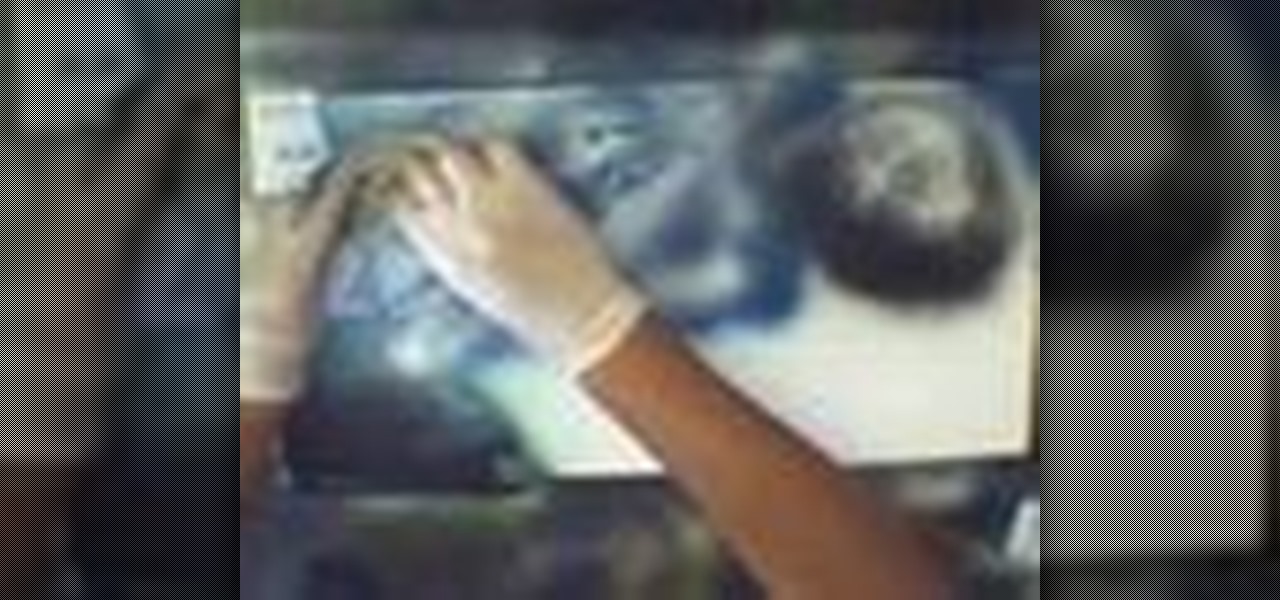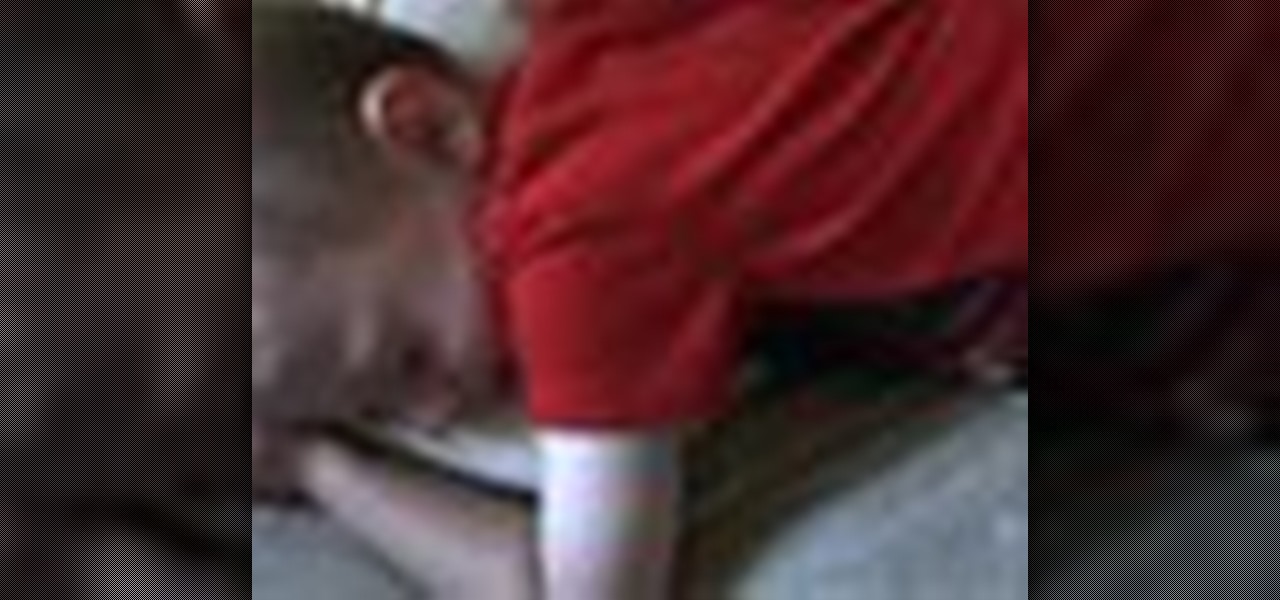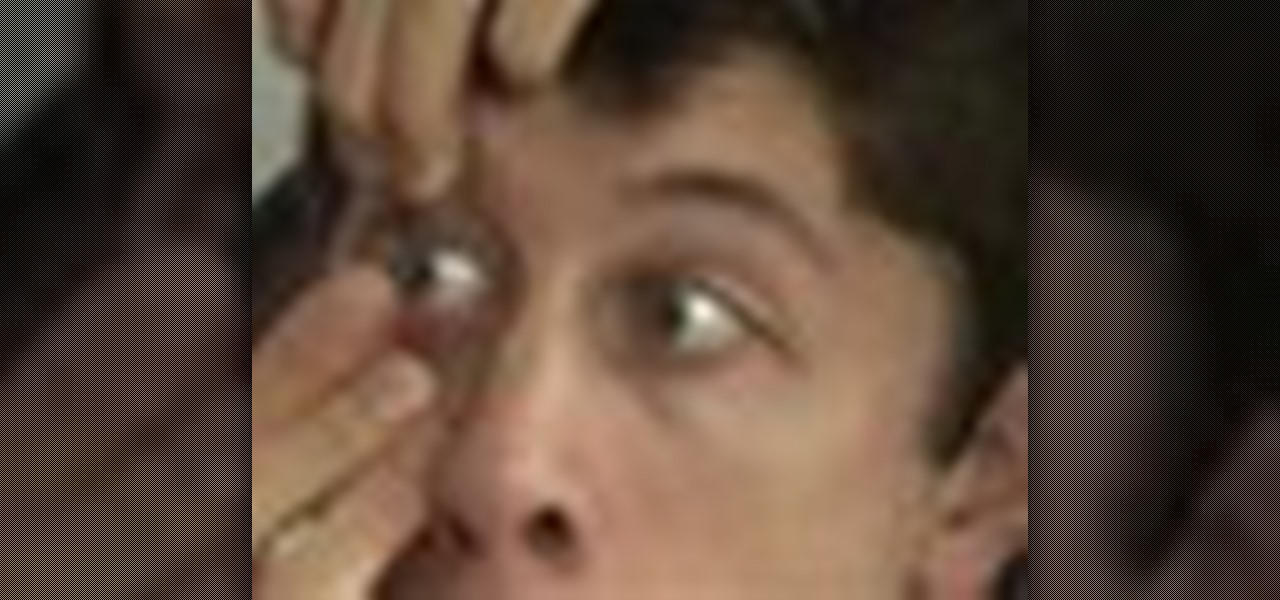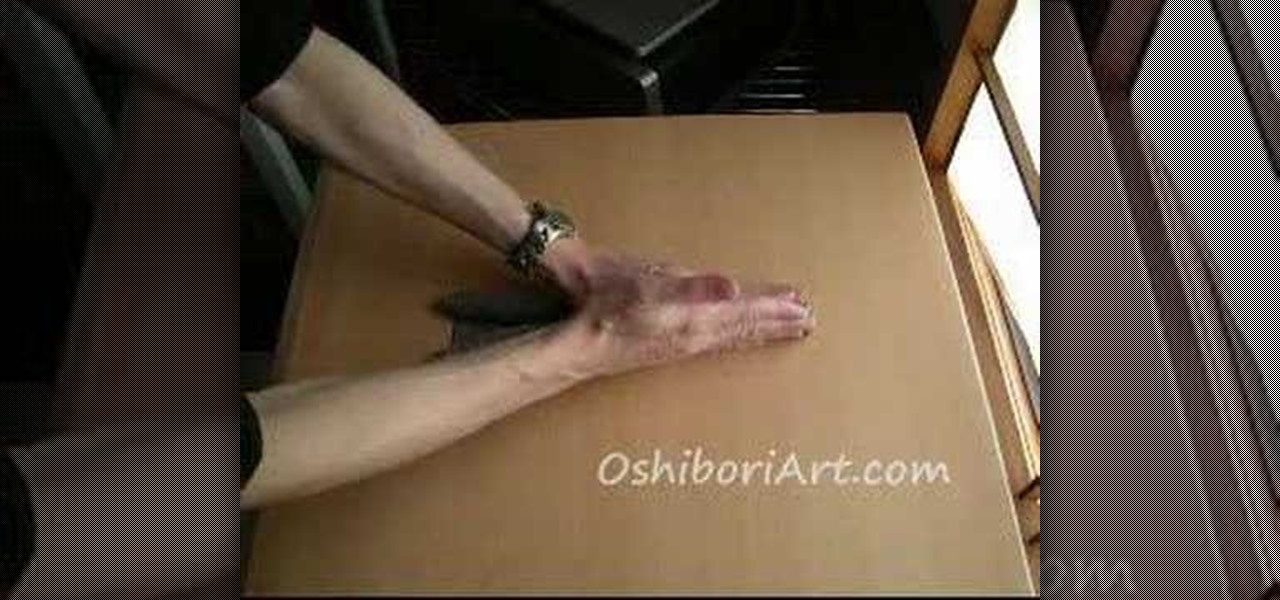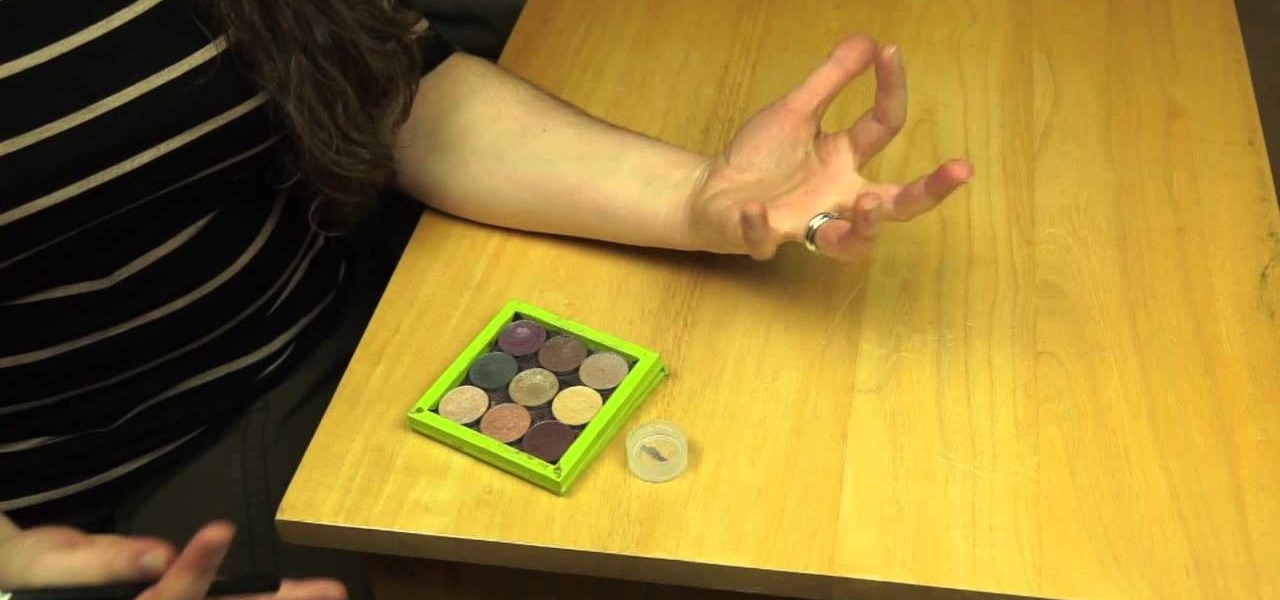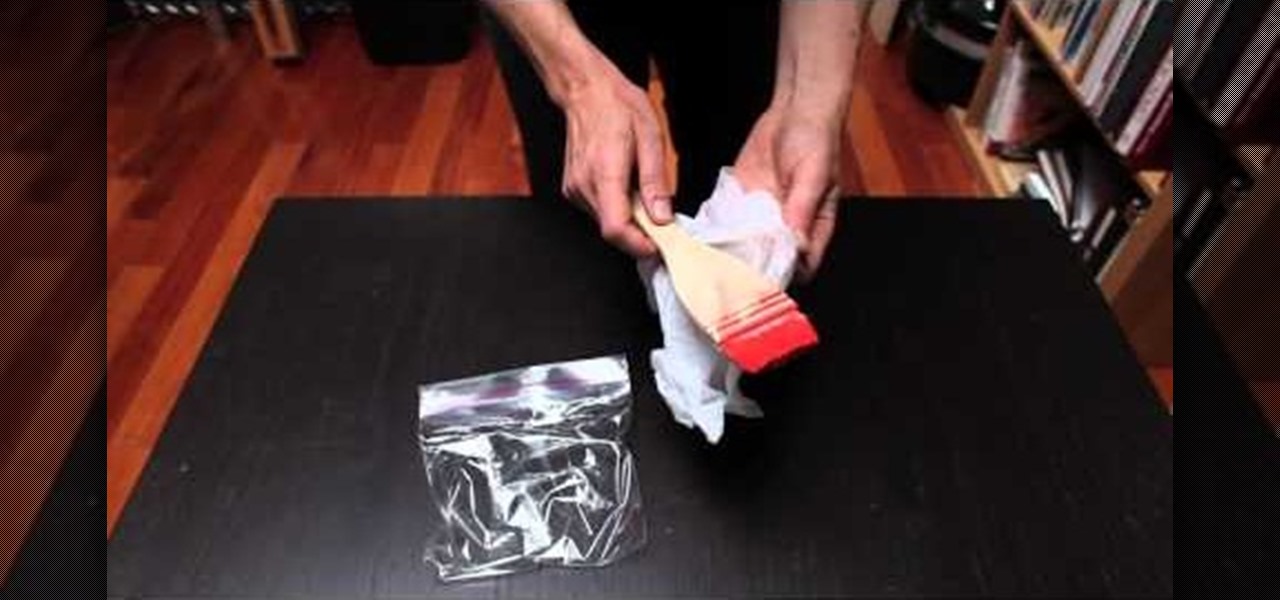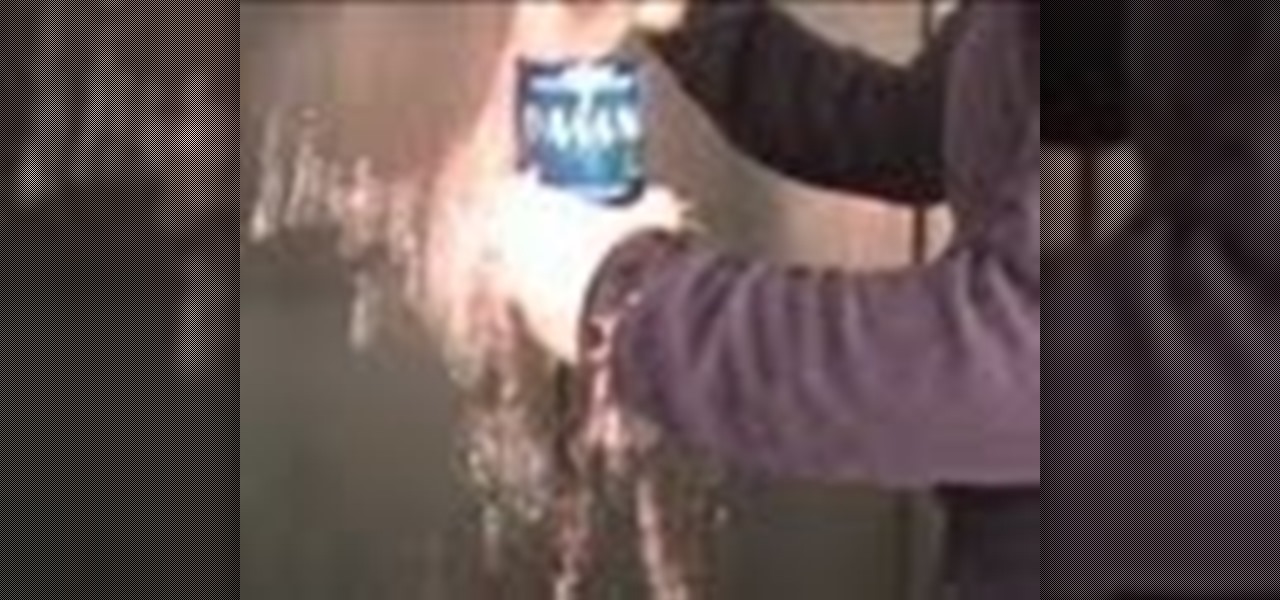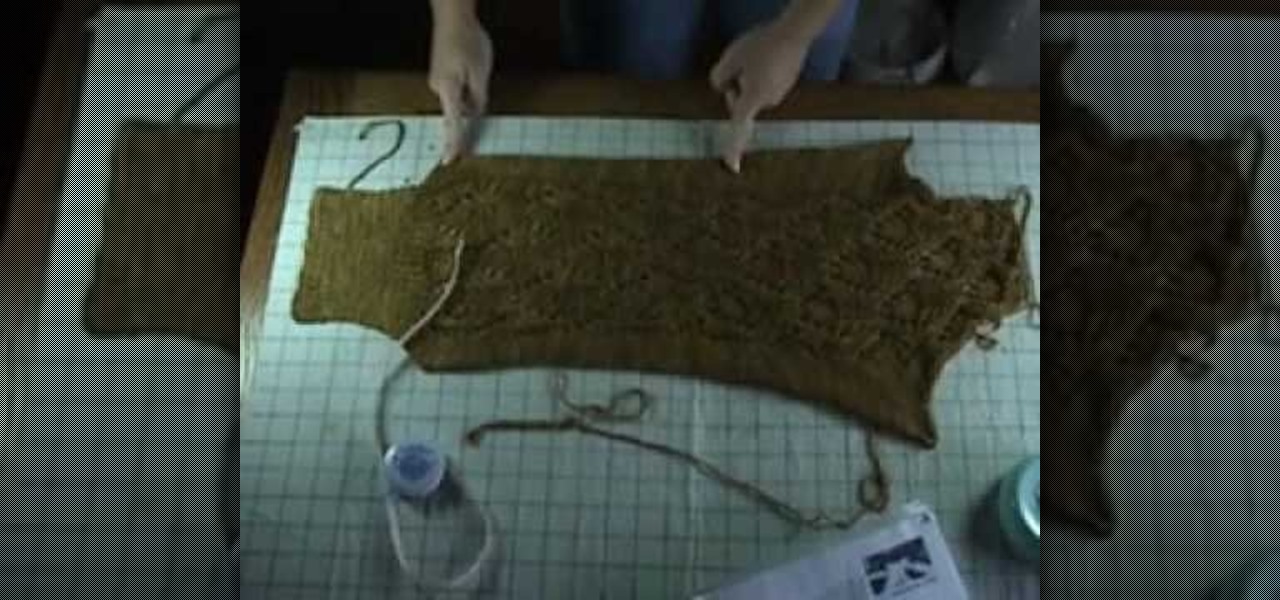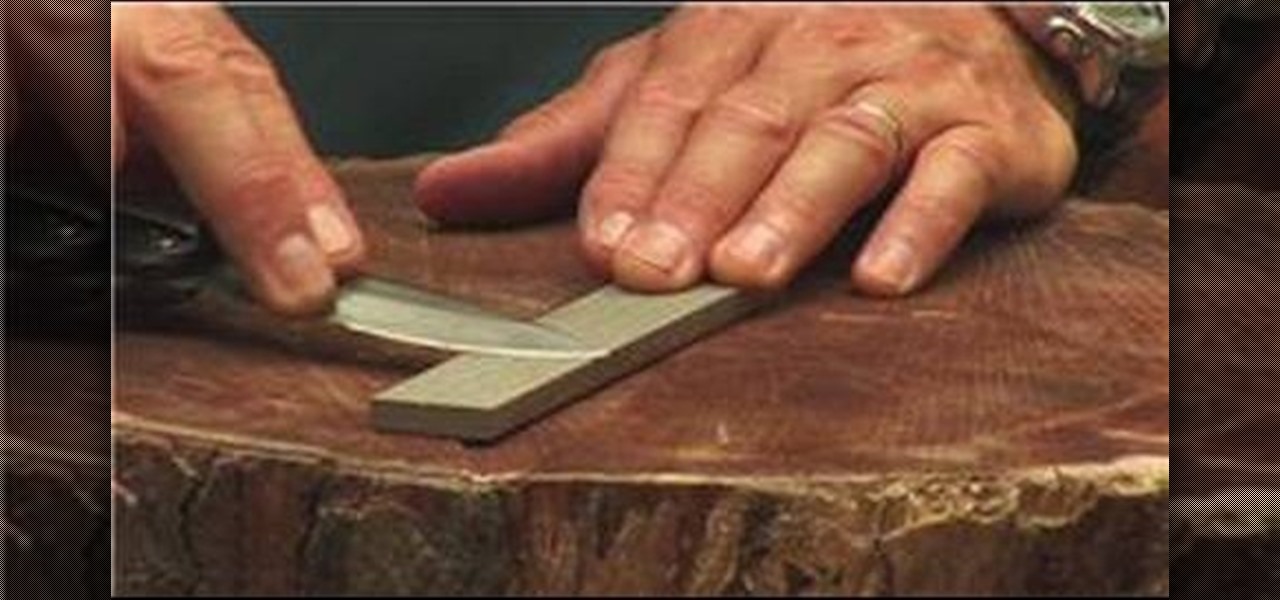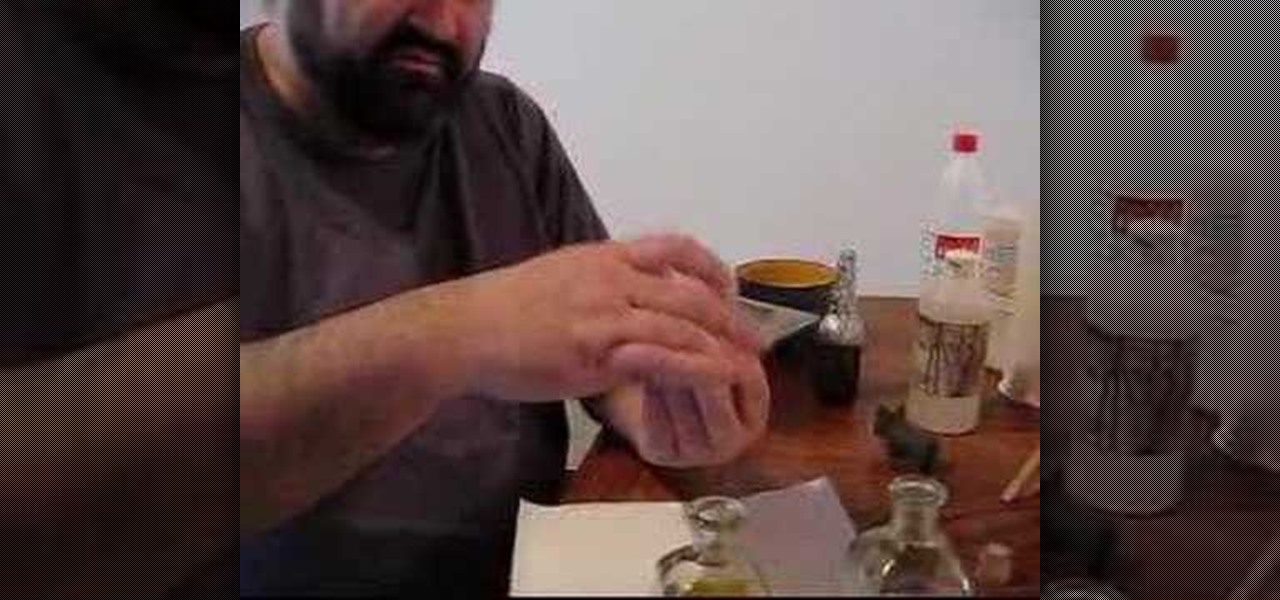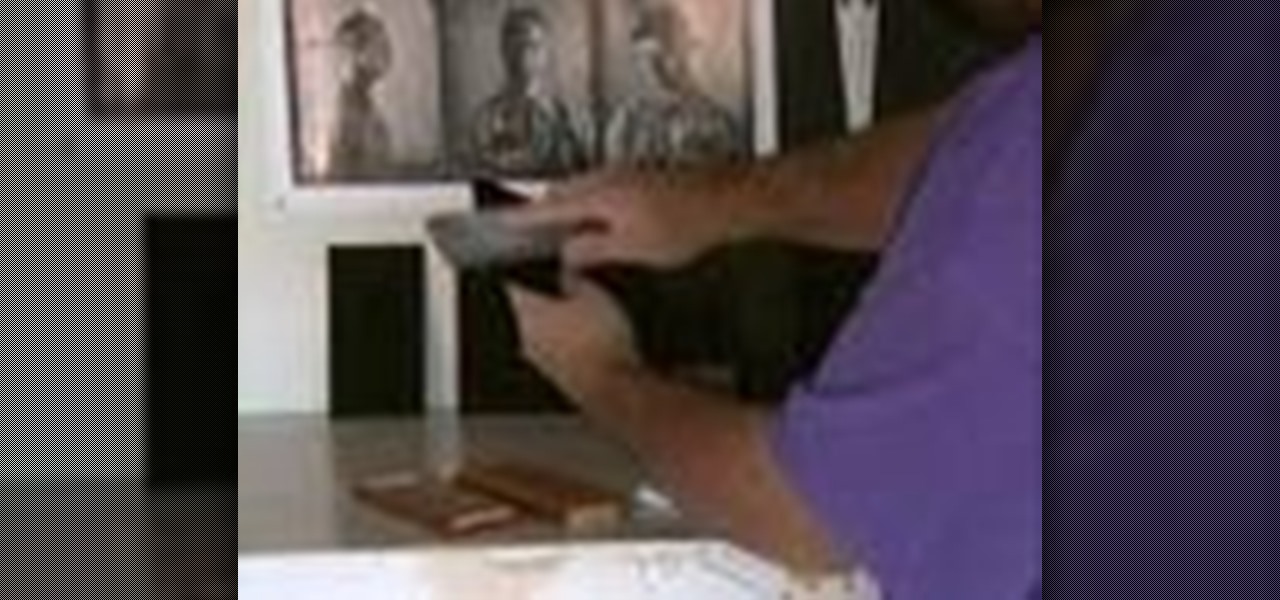
Quinn shows the entire 19th Century wet plate Collodion process step by step, including a brief history of the process. He talks about taking wet plate "on the road" (mobile photography). Learn how to take pictures using the Collodian method by watching this video photography tutorial.

Almost everything we saw in the new movie "Tron: Legacy" made our jaws drop to the floor. From the amazing light cycles which carved beams of light wherever they drove to the awesome dueling between the "programs" and user Sam, there was much coolness to be seen.
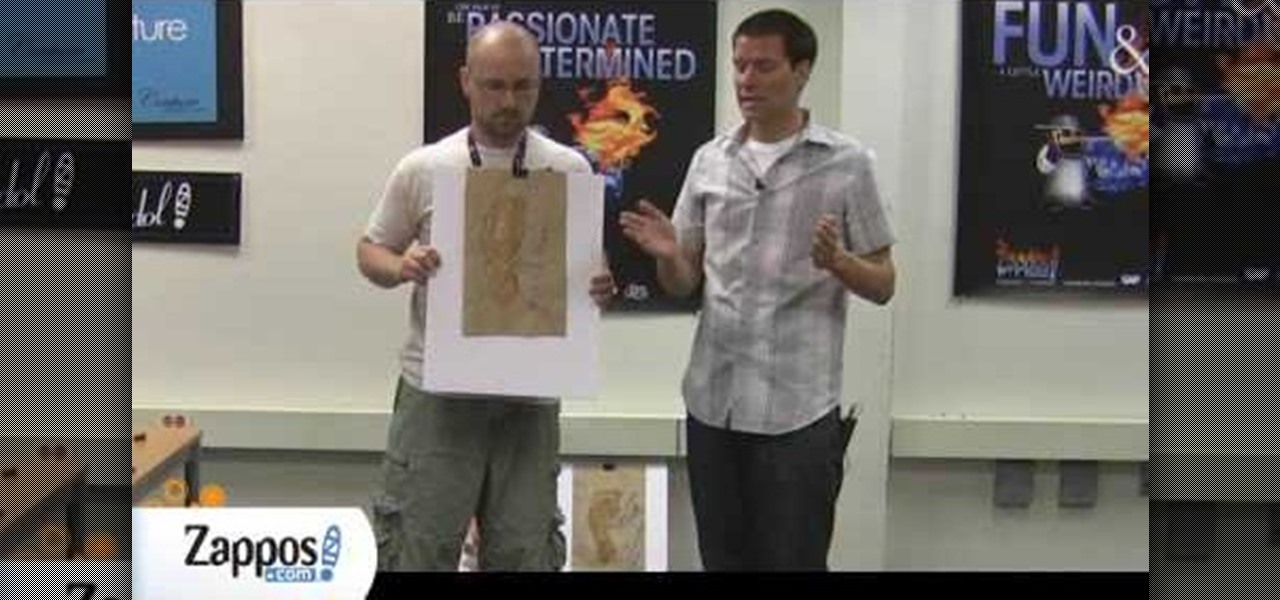
This video demonstrates how to do a wet foot test and how to choose running shoes with the results of a wet foot test. The wet foot test is simple. Get your foot wet and place it on a piece of heavy duty paper which will create a foot print. The foot print shows what type of arch you have. There are three types of arches: high, medium and low. High arches require a lot of cushion for running. Medium arches require a reasonable amount of cushion for running. Individuals with low arches or flat...
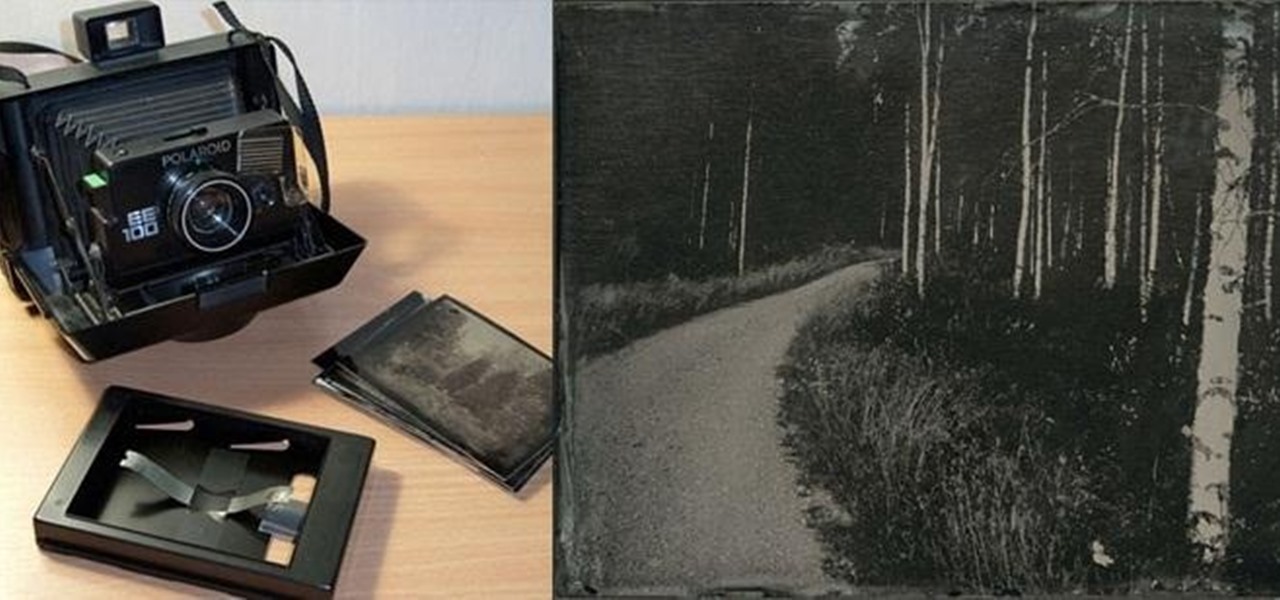
Wet-plate collodion photography is a process that lets you develop a photo onto a piece of glass. It has some neat applications, but it's not a simple process, and most people use a special camera to do it because the silver nitrate used to process usually ends up leaking, which would ruin a regular camera.
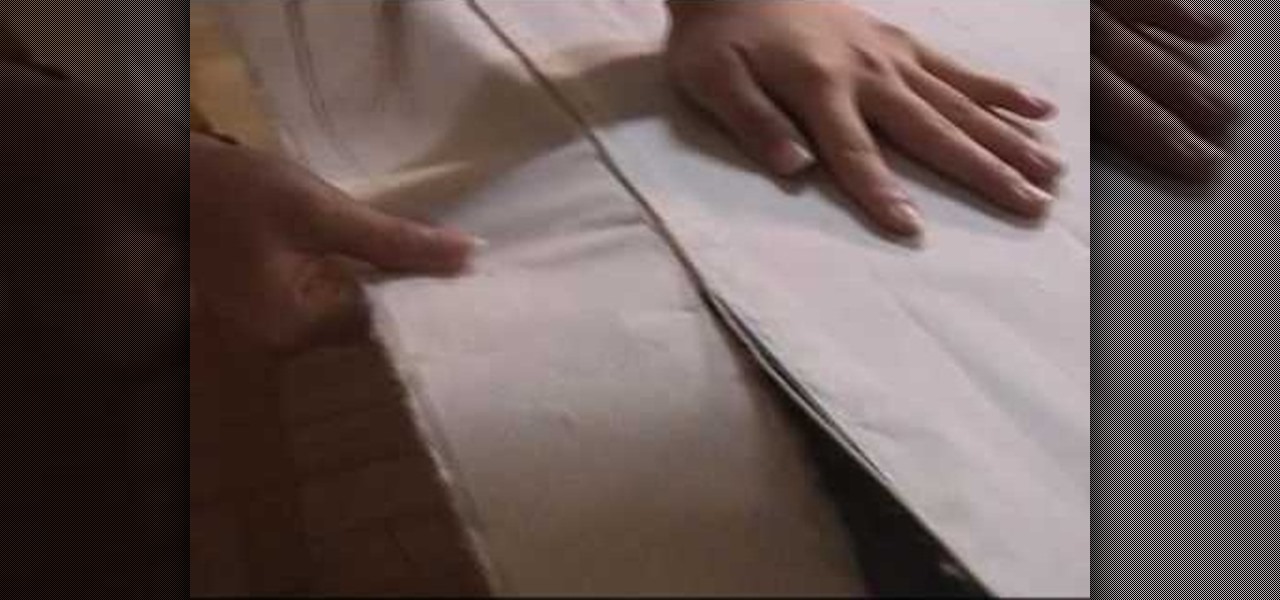
-Fold paper where you want it cut -Take a wet piece of string and insert it in the fold, pressing it firmly

Watch this instructional painting video to paint a rose using the wet-in-wet method of watercolor painting on Chinese rice paper. This fluid style of painting takes lot of practice and does not allow for mistakes. Every brush stroke counts. Get out some newsprint to practice painting these beautiful rose petals.

Who better to learn how to apply TV news makeup from than an actual TV news anchor? Emily Noel is a famous TV news anchor with several years in the biz, and she's here with this makeup tutorial to show you exactly how to get that flawless, shine-free TV anchor look you see in most news broadcasts.

A quick fix is to wet your hands and put it in the bumps of the clothing or your lucky sweater. She explain as you wet the area were the bump is located, you should with your wet hand dab it until the surface is smooth, once this is done, grab a hair blower (any type of hair blower will be good) and with your wet hand dry is as you stroke it gently and see the bump disappear with this simple and shape way to make your cloth look a lot better.

If you're running low on time in the morning but still want to look polished rather than ragtag, then there is a way for you to save time while styling a beautiful mane.

If you are pulling your clothes out of your high efficiency washer, and find they are soaking wet, you have a problem. There are a couple of easy ways to help fix this problem, before calling in a professional.

Simon Leach is an online pottery instruction legend, and in this three-part video, he instructs us in a procedure somewhat outside his normal area of expertise by creating a homemade plaster bat, which is basically a flat plaster block used for drying wet clay. For the hardcore at-home ceramics whiz this could be a very fun and rewarding project. Just make sure you are comfortable working with both plaster and clay!

Learn how to find dry materials in wet conditions and successfully build a fire in a wilderness survival situation. This is a Two part video, be sure to click on Chapter Two for the entire wilderness tutorial.

An oshibori is a Japanese wet hand towel. With an oshibori you can make all kinds of things, just like origami. Oshibori Origami is the latest Japanese craze sweeping the nation! Instead of paper, we're making origami from wet Japanese hand towels. Oshibori origami is easier than traditional origami, and more fun, too!

An oshibori is a Japanese wet hand towel. With an oshibori you can make all kinds of things, just like origami. Oshibori Origami is the latest Japanese craze sweeping the nation! Instead of paper, we're making origami from wet Japanese hand towels. Oshibori origami is easier than traditional origami, and more fun, too!

An oshibori is a Japanese wet hand towel. With an oshibori you can make all kinds of things, just like origami. Oshibori Origami is the latest Japanese craze sweeping the nation! Instead of paper, we're making origami from wet Japanese hand towels. Oshibori origami is easier than traditional origami, and more fun, too!

An oshibori is a Japanese wet hand towel. With an oshibori you can make all kinds of things, just like origami. Oshibori Origami is the latest Japanese craze sweeping the nation! Instead of paper, we're making origami from wet Japanese hand towels. Oshibori origami is easier than traditional origami, and more fun, too!

An oshibori is a Japanese wet hand towel. With an oshibori you can make all kinds of things, just like origami. Oshibori Origami is the latest Japanese craze sweeping the nation! Instead of paper, we're making origami from wet Japanese hand towels. Oshibori origami is easier than traditional origami, and more fun, too!

Here I show you how to make an oshibori origami Godzilla.

This video demonstrates painting a surreal fantasy space scene with spray paint. It also focuses on spray casso, a wet on wet spray painting technique, and explains it in depth in this video tutorial.

Everyone has wet the bed, we all do it as a child, but as a parent it can be a little frustrating if they continue to do it. But it is possible to stop it and be supportive in the process. In this video you will get some basic tips to help stop the bed wetting and keep them dry!

Bed-wetting is a part of childhood for most children, and cleaning up after it is pain for parents everywhere. Watch this video for tips on how to clean up the stains from a bed-wetting incident, restoring the normal pee-free ambiance of your home.

This video will show you with long hair how to go from wet hair to done hair in 5 minutes. All you need is a rat tail comb, mousse, wet hair and a butterfly clip.

Nothing is worse than having a contact slide under your eyelid. Okay, there are worse things. But this is one you easily can avoid. Check out this Howcast video tutorial on how to put in and remove contact lenses.

This tutorial video will teach you how to shave with the technique of Method shaving. Roberts method shaving relies on organic materials and systematic beard reduction.

An oshibori is a Japanese wet hand towel. With an oshibori you can make all kinds of things, just like origami. Oshibori Origami is the latest Japanese craze sweeping the nation! Instead of paper, we're making origami from wet Japanese hand towels. Oshibori origami is easier than traditional origami, and more fun, too!

Pressed mineral eyeshadows are great because you can use them wet and dry. Using eyeshadows wet, increases the iridescence and deepens the pigment creating an amazing effect! Since, you can wear eyeshadows both wet and dry, you essentially have two totally different colors in one pan of eyeshadow! In this video Andrea shows you just that!

If you've ever embarked on a room makeover mission all by your onesie (or with a nice buddy), then you know that when it comes to repainting a room, you generally have a lot of paint left over in your roller that you don't know what to do with.

The most obvious reason for the use of a dryer is to obviously take wet clothes or garments and dry them in a certain amount of time. But, what if your dryer isn't drying? This can be an early sign of a problem that needs to be addressed right away.

This prank should already be a classic, but you haven't heard of it check it out. The basic idea to this prank to to get your victims wet, by that I mean you get them to wet themselves. Yes it sound funny but it's achievable with a booby trapped water bottle which you will learn how to set up in the instructional video provided below. So much fun for April Fools Day!

In this tutorial, we learn how to get a coin out of water without getting wet. First, place the coin inside of water on a plate. Next, use a lighter to light a piece of paper on fire, then place the paper inside the water cup and let it smoke and burn. Next, push the cup down onto the plate, and it will soak up all the water that was on the plate! Then, your penny will be dry and you can pick it up without getting wet! This is a great trick to show your friends and works easily without any pr...

The Knit Witch shows you how to do wet blocking to a knitted piece. With specific tools like a blocking board with a grid, a tape measure, and a few other items. The items used can vary based on what kinds of material you are using so it's important to know what each one needs. Reminders and tips are explained when the pertinent step is reached so that you can keep them in order and apply them when needed. Wet blocking will be a breeze after watching this video and following the steps closely.

In this how to video, you will learn how to tell the difference between a tunable and non-tunable bodhran. A tunable bodhran has a tuning mechanism to allow you to adjust the skin tension. A non-tunable bodhran is actually tunable, but it just needs more time to do so. A tunable drum has the tuning mechanism in the inside. They are lugs pressing on an inner hoop. When the key is turned clockwise, this will make it tighter. Make sure to go crisscross rather than around the circle when tuning. ...

Learning how to maintain and sharpen your Swiss army knife is an important skill for campers and backpackers. You will need to have a sharpening stone that can be dry or wet. To use a wet stone simply add a little bit of water or homing oil. Keep the blade at an angle of 5 to 7 degrees from the surface of the stone and move the blade back and forth or in a circular motion.

This how to video is brought to you by Handy Magazine. The Handyman Club of American provides reviews and how to's on a variety of home & garden project. This video covers what you need to know to use a wet saw to cut tile.

When wet sand along the water's edge at the beach is stepped on, it becomes partially dry in a small area surrounding one's foot. The dry patch is evident as the thin reflective film of water at the surface surrounding your foot is no longer there and has instead been drawn into the bulk of the sand beneath your foot.

Proper measurement can the difference between success and failure in the kitchen. Measuring accurately is one of the most important things when baking. Watch this how-to video and let Bon Appetit Magazine show you how to measure dry and wet ingredients. Learn how to measure flour, brown sugar, milk and what kitchen tools to use.

This is a video demonstration of making a wet plate collodion negative, or ambrotype. Learn how to make a print a Collodion picture by watching this video photography tutorial.

This video shows the process of varnishing a black glass Ambrotype. Not a high "wow-factor" here, but some practical knowledge needed in the process. It's very important to varnish wet plate images as they damage and tarnish easily. Learn how to varnish Collodion pictures by watching this video photography tutorial.

Fix your wet phones by drying them in rice.

In this soldering tip video brought to you by BEST, Inc. Norman Mier demonstrates the wet tack method for surface mount chip component preparation.










